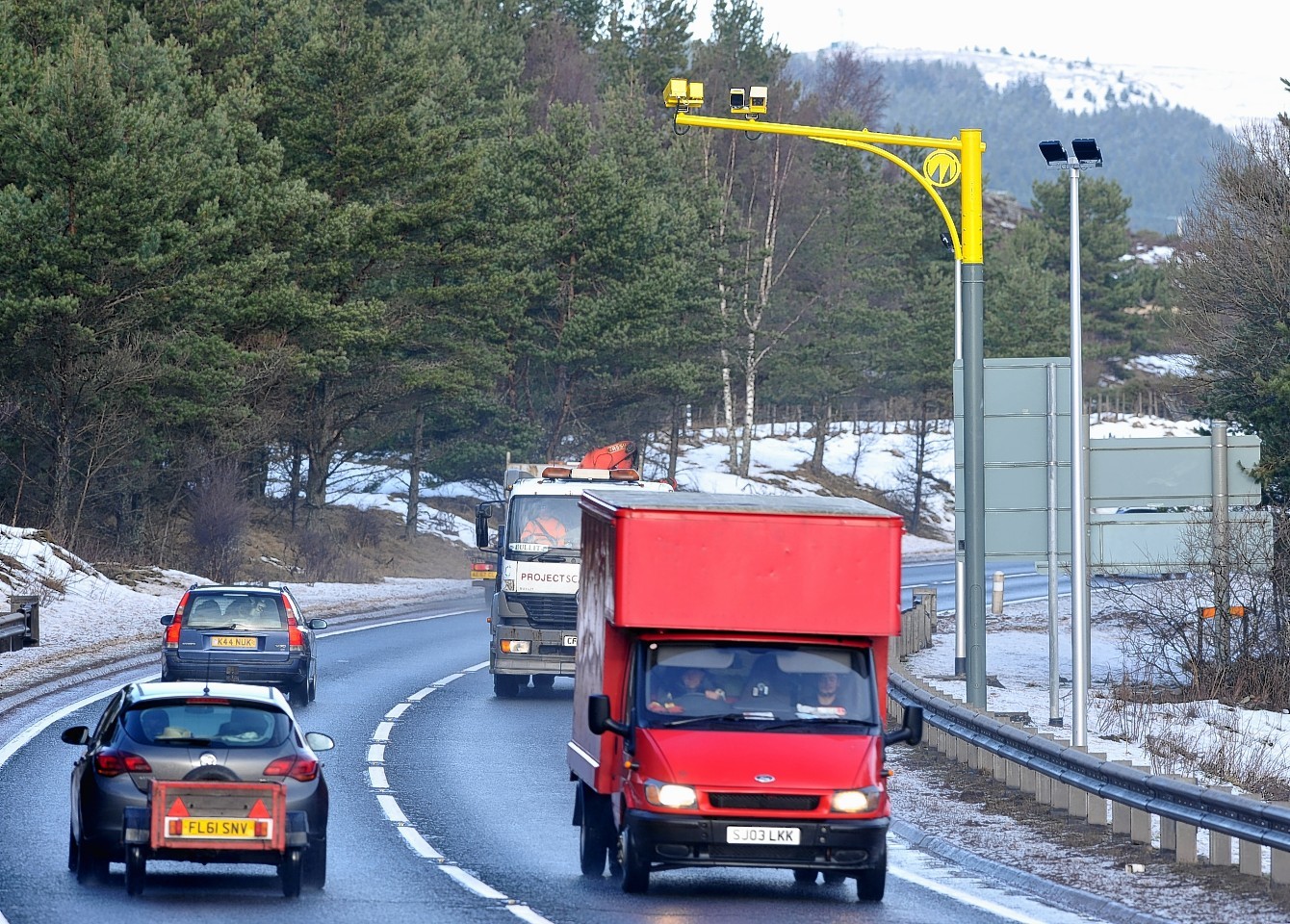Calum Ross
Two recent tragedies on the north’s busiest road have set back progress on making the route safer for drivers.
The most up-to-date statistics for the A9 Inverness to Perth road continue to show a major reduction in the number of accidents in the last two years.
The number of “fatal and serious” collisions between Perth and Inverness is down by 25%, with “fatal and serious-injury casualties” cut by almost 43% in the period.
However, the figures have lowered since the last set of data was released in November, when fatal and serious collisions were down by 33%, and fatal and serious-injury casualties had decreased by 59%.
The A9 Safety Group, which has produced the statistics since average speed cameras were introduced on the route, highlighted two tragedies on the road last year in its latest report.
The first happened on September 15 near to Blair Atholl when the driver of light goods vehicle died after colliding with the rear of a lorry, which was waiting at a set of temporary traffic signals.
The following month, on October 13, a car lost control near to Luncarty and collided with a light goods vehicle travelling in the opposite direction, killing a passenger in the car and seriously injuring the other three occupants.
The A9 Safety Group report highlighted the “short-term variation” from the last report, and said it had been caused by “a small number of collisions that involved a high number of serious injuries”.
However, it added: “The longer term trend continues down ward .”
Overall, in the last two years, the number of fatal casualties on the A9 between Dunblane and Inverness is down by almost 38% compared to the baseline average, with the “fatal and serious collisions” category having decreased by 32%, and “fatal and serious casualties” down by almost 43%.
Between October 28, 2014, when the cameras went live, and January 23 this year, there have been 9,399 vehicles detected by the system exceeding the speed limit.
Before the cameras were introduced, about 12,000 drivers per year were being reported for fixed and mobile camera speeding offences in the area.
Stuart Wilson, chairman of the A9 Safety Group, said: “These most recent figures continue to demonstrate that driver behaviour on the A9 between Dunblane and Inverness has significantly improved since the introduction of average speed cameras, with the number of overall casualties down by 37%.
“Improvements have been seen both north and south of Perth, journey times are more reliable and this vital route has seen fewer incidents and delays.”










